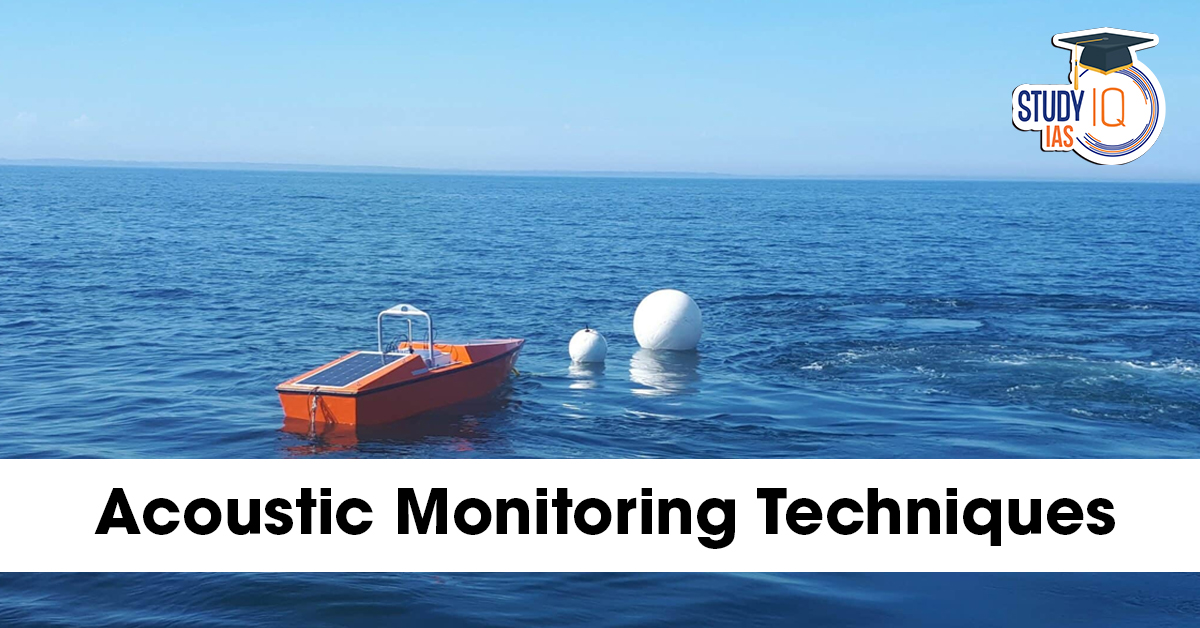Context: Kaziranga National Park conducted its first-ever Grassland Bird Census using acoustic monitoring techniques.
Acoustic Monitoring Techniques
Acoustic Monitoring Techniques is a non-invasive technique that uses sound-recording devices to capture and analyse animal vocalisations for studying biodiversity, behaviour, and ecological health.
Key Features
- Passive Monitoring: Devices are placed in target habitats to continuously record ambient sounds.
- Non-intrusive: Ideal for studying elusive, nocturnal, or camouflaged species without disturbing them.
- Data-Rich: Generates vast audio data for analysis of species presence, abundance, and activity patterns.
Technology Used
- Autonomous Acoustic Recorders: Deployed in field locations.
- Spectrograms: Visual representation of sound frequencies over time.
- AI/ML Tools: Software like BirdNET, Raven Pro, etc., help in identifying species based on sound patterns.
Applications
- Biodiversity Surveys: Used for bird, amphibian, and bat population studies.
- Conservation Efforts: Helps track endangered species and ecosystem health.
- Habitat Monitoring: Monitors seasonal and long-term ecological changes.
- Illegal Activity Detection: Detects gunshots, chainsaws—useful in anti-poaching surveillance.
Advantages
- Suitable for remote or dense habitats.
- Works day and night, under most weather conditions.
- Minimises human bias in observation.
Limitations
- Requires high storage and power.
- Processing and analysing audio data is time-consuming.
- Overlapping calls or background noise can hinder species identification.


 Unlocking the Potential of India–Afric...
Unlocking the Potential of India–Afric...
 Southern Ocean Carbon Anomaly: Why the W...
Southern Ocean Carbon Anomaly: Why the W...
 Speedy Justice and the Crisis in Consume...
Speedy Justice and the Crisis in Consume...

























